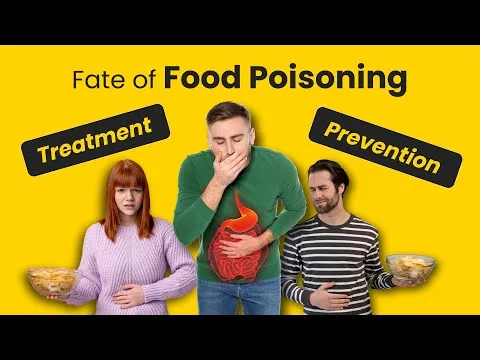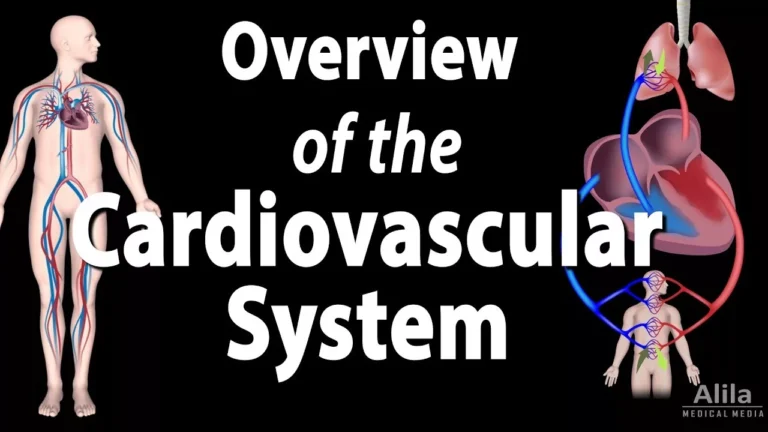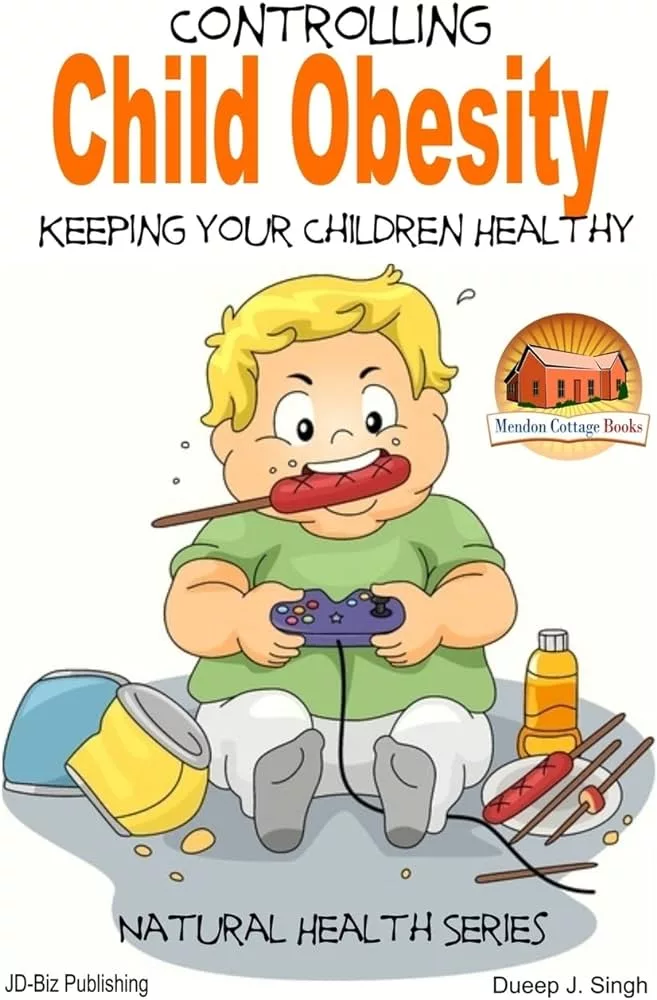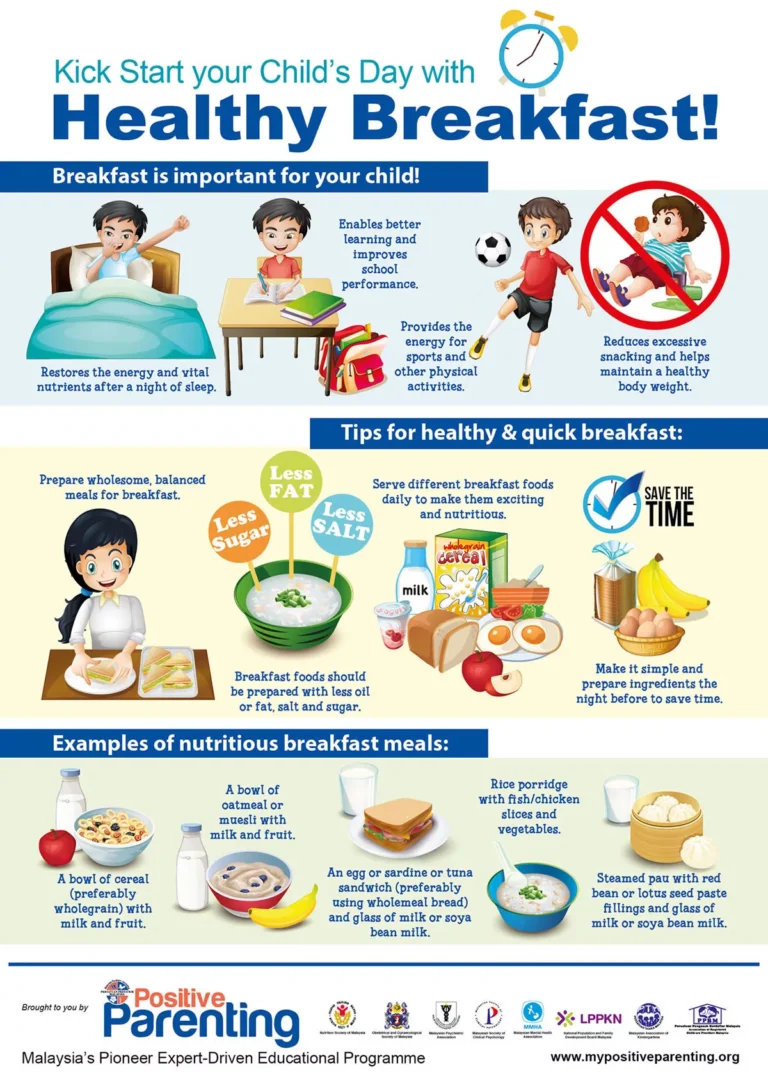Let’s Learn About Heat-Related Illnesses: Symptoms, Risks, and First Aid
Today, let’s talk about health. Have you heard of the term “heat-related illnesses”? These are also known as hyperthermia or heatstroke, and they often occur during hot summer weather. Today, we will learn about heat-related illnesses, their symptoms, risks, and first aid measures. Let’s dive in together!

Understanding the Concept and Types of Heat-Related Illnesses
Heat-related illnesses occur when the body is exposed to excessive heat or when the body’s temperature regulation fails. Although they mostly happen due to heat, they can also occur in extremely cold conditions. There are various types of heat-related illnesses, with the main ones being heatstroke, heat exhaustion, sunburn, and heat cramps.
Recognizing Early Symptoms of Heat-Related Illnesses
Recognizing the early symptoms of heat-related illnesses is very important. Although early symptoms can vary from person to person, most cases exhibit the following symptoms:
- Headache
- Dizziness
- Fatigue
- Excessive sweating
- Nausea or vomiting
- Confusion
If you experience these early symptoms, you should suspect a heat-related illness. These symptoms can signal the progression and severity of the condition.
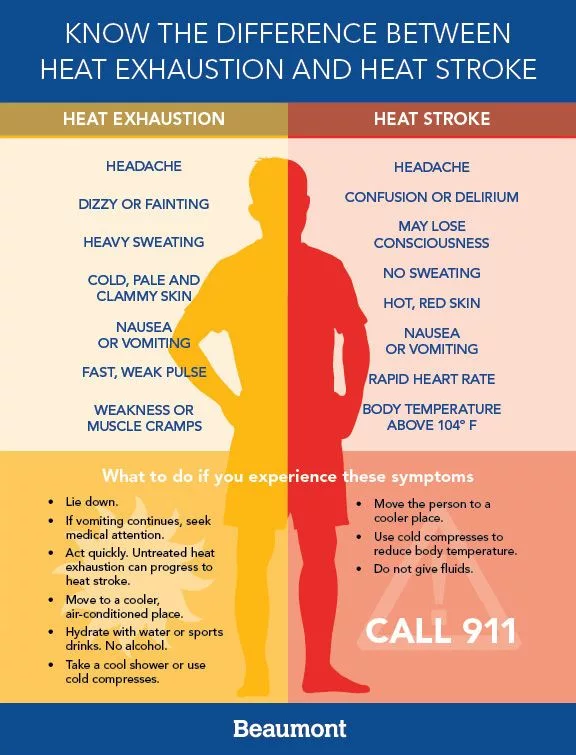
Risk Factors of Heat-Related Illnesses: Who is More Vulnerable?
Heat-related illnesses can affect everyone, but certain populations are more vulnerable. Here are the risk factors for heat-related illnesses:
- Young children: Young children are more susceptible because their ability to regulate body temperature is weaker than that of adults.
- Elderly: Elderly individuals have a higher risk because they find it difficult to regulate body heat effectively.
- People with chronic illnesses: Those with chronic illnesses have weakened immunity against heat-related illnesses, and medications can interfere with temperature regulation.
Therefore, these vulnerable groups need to take extra precautions against heat.
Heatstroke: Severity and Identification
Heatstroke is one of the most severe heat-related illnesses. It occurs when the body temperature rises above 40°C (104°F). Heatstroke can be identified by the following symptoms:
- Headache and confusion
- Red and dry skin
- Rapid and strong heartbeat
- Difficulty breathing
- Low blood pressure
Heatstroke requires immediate first aid and medical attention.

Distinguishing Signs and Symptoms of Heat Exhaustion
Heat exhaustion occurs when the body’s heat regulation fails. Although it is relatively milder than heatstroke, it should not be taken lightly. The main signs and symptoms of heat exhaustion include:
- Cool and clammy skin
- Weakness and fatigue
- Slow heartbeat
- Confusion
If not addressed promptly, heat exhaustion can lead to severe complications, so immediate first aid is necessary.
Sunburn and Heat Cramps: Mild but Noteworthy Conditions
Sunburn and heat cramps are relatively mild heat-related illnesses. Sunburn is a temporary skin burn, usually affecting the face, arms, and legs. Heat cramps are muscle spasms, primarily in the abdomen and legs. While these conditions require attention, they are generally mild and can recover quickly.
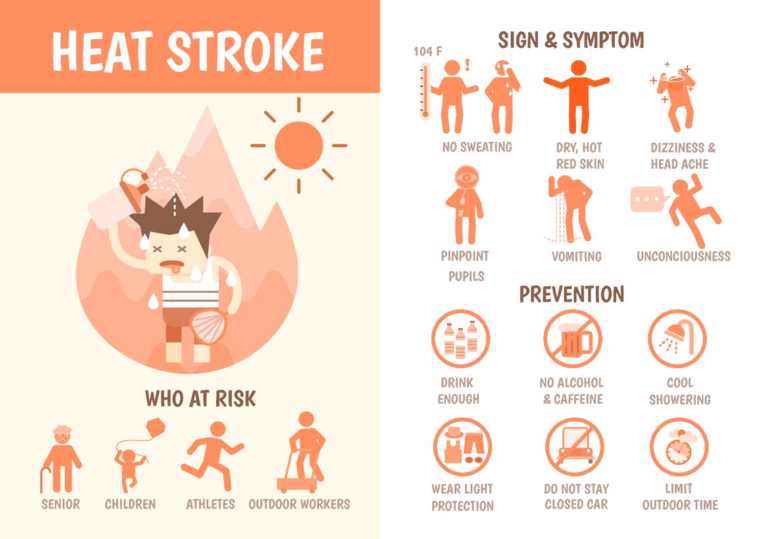
First Aid for Heat-Related Illnesses
Immediate first aid is crucial when a heat-related illness occurs. Here are the first aid steps:
- Move the person to a shaded and cool place.
- Spray water on the body to cool it down.
- Place wet towels on the body to lower the temperature.
- Call 119 for an ambulance if it’s an emergency.
Even after first aid, medical attention is necessary, so ensure to visit a hospital.
Preventive Measures for Heat-Related Illnesses
Prevention is the most important aspect of dealing with heat-related illnesses. Here are some preventive measures:
- Drink plenty of water to stay hydrated.
- Use air conditioning or fans to maintain a comfortable temperature indoors and outdoors.
- Wear hats, sunglasses, and light clothing when going outside to protect from the sun.
- Take frequent breaks and stay in shaded areas during outdoor activities.
- Protect your body with clothing and hats, and use sunscreen during outdoor activities.
By following these preventive measures, you can reduce the likelihood of heat-related illnesses.
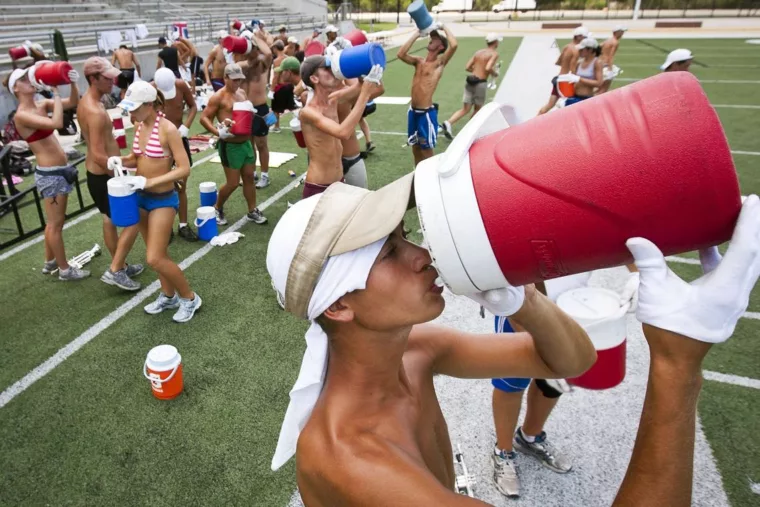
Precautions for Outdoor Activities in Hot Weather
Special care is needed for outdoor activities in hot weather. Here are some precautions:
- Stay indoors as much as possible.
- Wear hats, sunglasses, and light clothing to protect from the sun.
- Frequently hydrate and drink plenty of water.
- Take frequent breaks and stay in shaded areas during outdoor activities.
- Avoid wearing clothing or equipment that makes temperature regulation difficult.
By adhering to these precautions, you can enjoy outdoor activities safely.
Managing Heat-Related Illnesses and Long-Term Strategies
Heat-related illnesses need to be managed over the long term. Here are strategies to help manage and cope with heat-related illnesses:
- Maintain regular exercise and a healthy diet to strengthen your temperature regulation.
- Stay indoors as much as possible during extreme heat.
- Wear appropriate protective gear in environments with a high risk of heat-related illnesses.
- Follow medical advice for necessary vaccinations and medication guidelines.
By following these strategies, you can minimize the likelihood of heat-related illnesses.

Heat-related illnesses during the summer can progress to severe conditions, so everyone needs to be fully aware and take preventive measures. We hope you stay safe from heat-related illnesses through proper first aid and improved lifestyle habits. 🌞🌡️💦
